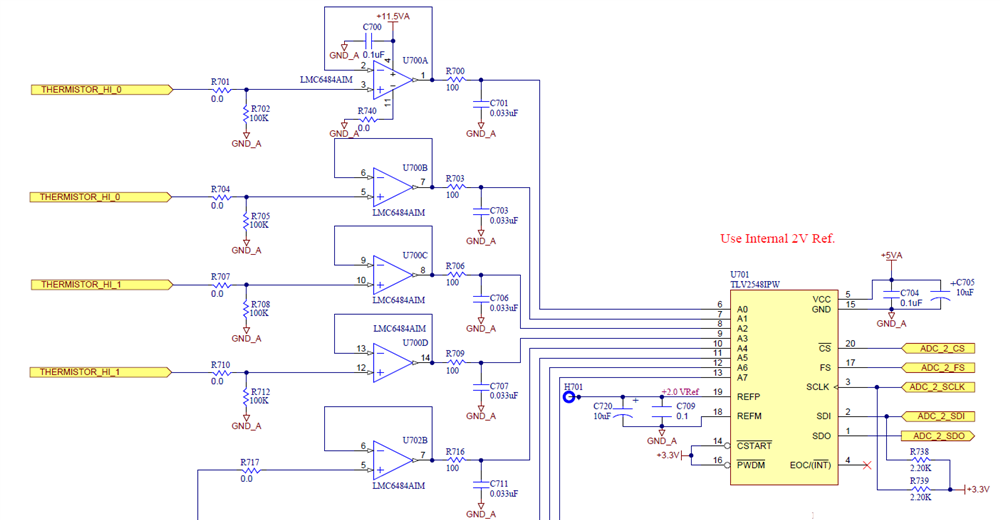We use the operational amplifier LMC6484AIM in our products and have noticed that the value of the "rail-to-rail output swing" has changed from the time of series introduction until now.
At the beginning of production, the maximum ADC read values with open inputs (as shown below, 100k vs. GND) were set to a value that all PCBs in the first batch met (in the range of ~10mV).
In the past, these limits were allready raised once, because more and more boards did not meet the specs and recently again more and more boards are failing the test (and apparently without changes in the circuit).
I am aware that the chosen voltage value was very low, but at that time it was suitable for all boards and over time it seems like it has increased.

Fortunately, this does not seem to have a negative impact on the function of the device, so we can raise the limits to a higher value. However, it would be good to know if there are production-related reasons for this or if something else in our circuitry is the cause.
Could it be that this happened due to an intermediate change from LMC6484AIm (Non-RoHS & Green) to the type LMC6484AIM/NOPB (RoHS & Green) or is this a normal series variation of components and the differences simply come from using different component batches?
Thank you in advance for your support.

